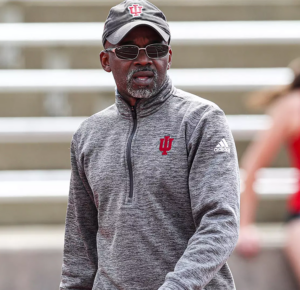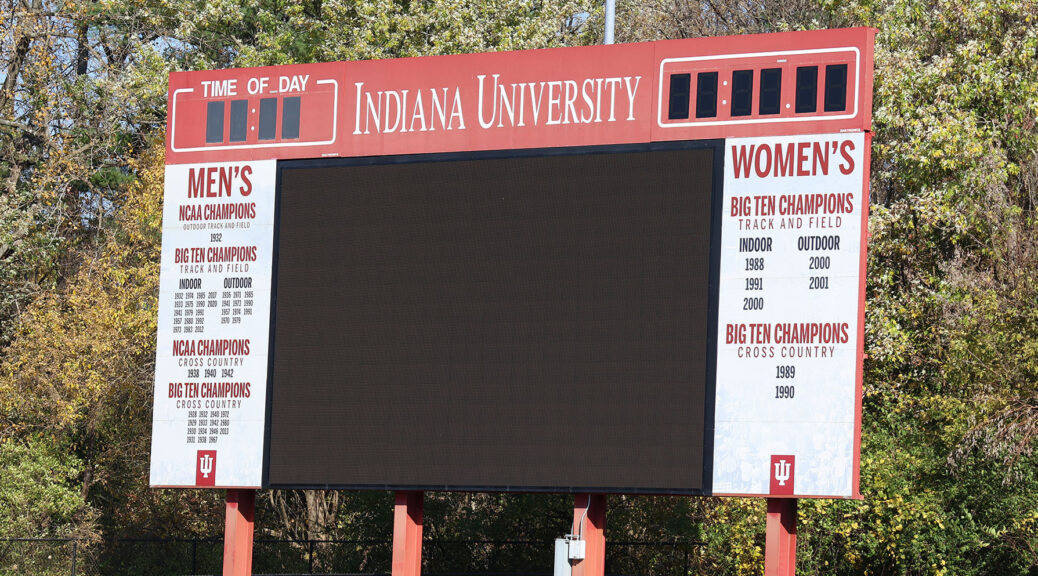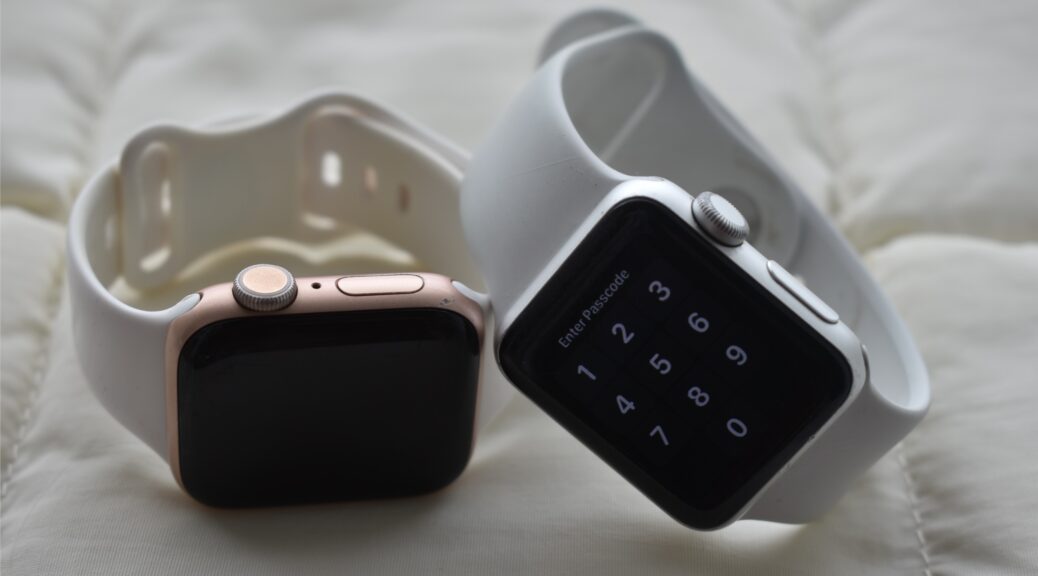NIL ruling aids student athletes in recruitment, athletic profitability
By Ellie Moran, Dezmone Starks, and Lily Sirignano
BLOOMINGTON, IN (Nov. 5, 2024)
With the recent 2021 removal of NIL restrictions on college and high school athletes, sports enthusiasts and analysts have begun to see a major shift in the world of athletics. For the first time, students have been able to profit off of their name the same way any other adult can, causing major discourse in the sports industry and recruiting process.
Up until 2021, student athletes signed papers that took away their ability to benefit off of their personal brand and “the right to profit off [their] name, what [they] look like, and how [their] likeness is utilized within any form of media or advertising,” said Dr. Galen Clavio, associate professor at Indiana University.

With the implementation of the NIL, also known as name, image and likeness, these athletes face a number of new opportunities that they can finally benefit off of. Colleges and universities have reaped the benefits of their athletes’ names and skills, and now the athletes can see the profits that they deserve after putting in hours of hard work. With this change, athletes are able to support themselves and their future, IU track athlete Kristina Vincic said. As both athletes and institutions navigate this new era and these new opportunities, some see it as a distraction that could negatively effect the recruiting process.
Prior to 2021, student athletes at the high school and college level were prohibited from accepting sponsorships, endorsing products, and any other deals that would leverage an athletes personal brand and make them money. This restriction was lifted by the NCAA, an organization that consisted of over 1,100 schools at the first, second and third division. The NCAA was unsure how to manage the return of these rights to athletes, so they left it up to each state to decide. For many years, the NCAA argued that athletes had no personal brand value, and the brand value that they did have came from the universities they represented. Student athletes have proved this to be false. With the relatively new landscape that student athletes have faced, many of them have seized the opportunities presented to them, leveraging their personal brand earning hundreds of dollars.
When it comes to profit, the implementation of NIL has given college athletes a significant advantage. College athletes typically do not make money within their respective sport, however, NIL now allows for brands and companies to sign deals with students. Often these deals come in the form of advertisements promoted by the athlete on social media.
“It can even be about building a connection with local businesses,” said sophomore Indiana University track athlete Kristina Vincic. Vincic is a member of the IU women’s track team, specializing in the 4×100 meter relay.

Many of Vincic’s teammates have a great deal of experience with NIL deals, often promoting brands on their personal social media pages. While this benefits the athletes financially, it also benefits their overall media appeal. “A lot of local companies, as well as bigger ones, have looked at us as a good representative of IU athletics,” Vincic said. Strong media appeal can provide athletes with more sponsorships, opportunities, and monetary gain, she said.
These NIL opportunities create valuable financial prospects and promote real world experiences. By engaging in these deals, athletes can focus on their personal brand while allowing them to continue with training, competing and committing to their sport. “I think when you start talking about brands, I think that is very much an individual, or independent thing, less to do with an institutional or coaching staff,” Ed Beathea, Associate Head Coach of Indiana University Track, Field and Cross Country said.

Every NIL agreement an athlete pursues is handled independently and outside of their sports schedules, meaning athletes are responsible for their own brands. They can improve their brands on their own time while maintaining their sports schedules. “I have not had a single athlete ask for any kind of support in regards to managing their personal lives, academics, athletics and NIL,” Beathea said. It is possible for athletes to create a strong brand outside of athletics without it being a distraction.
With this new era of NIL opportunities, many people expected that athletes’ priorities would shift now that they could make money off of their brand. However, in most cases, those expectations have been proved wrong. Universities have reaped the benefits of athletes’ names and performance for too long, and now athletes finally have the ability to profit off of their personal brand. Name, image and likeness has presented athletes with a number of opportunities, and the removal of restrictions is something to celebrate.
Indiana University students and others around campus share their opinions on the effects of NIL legislature changes. The recent changes have proven to be controversial, with many different perspectives seen not only around this campus, but all over the country.
###





